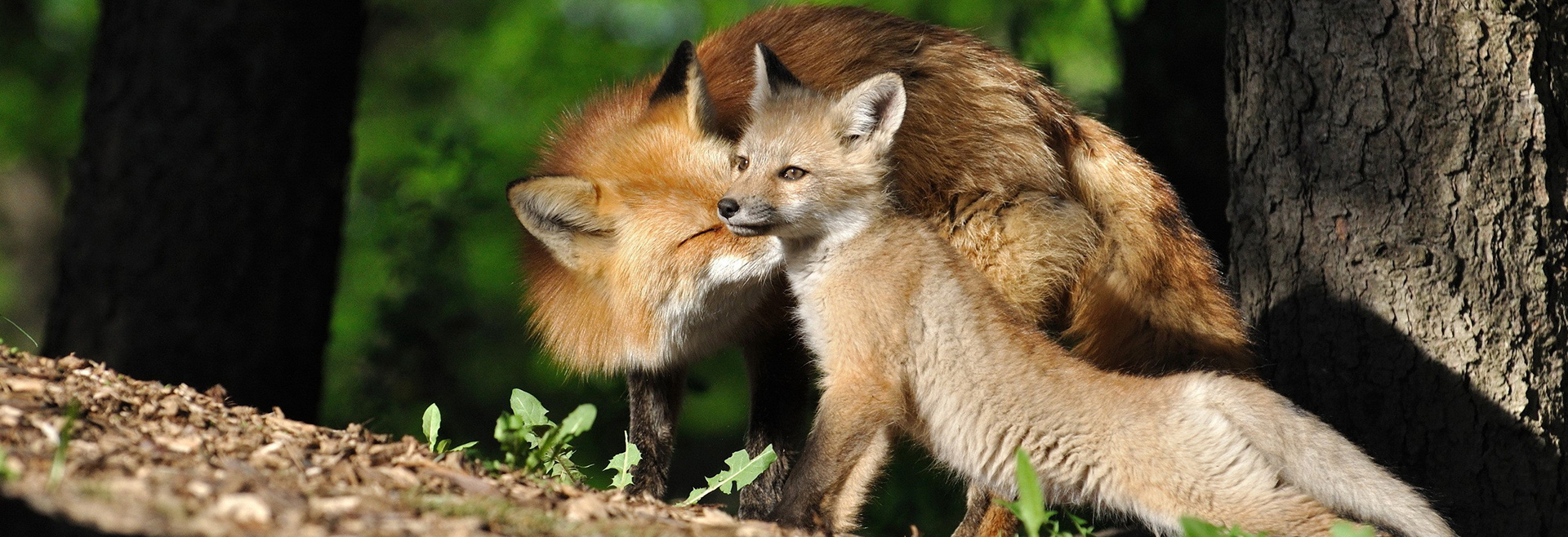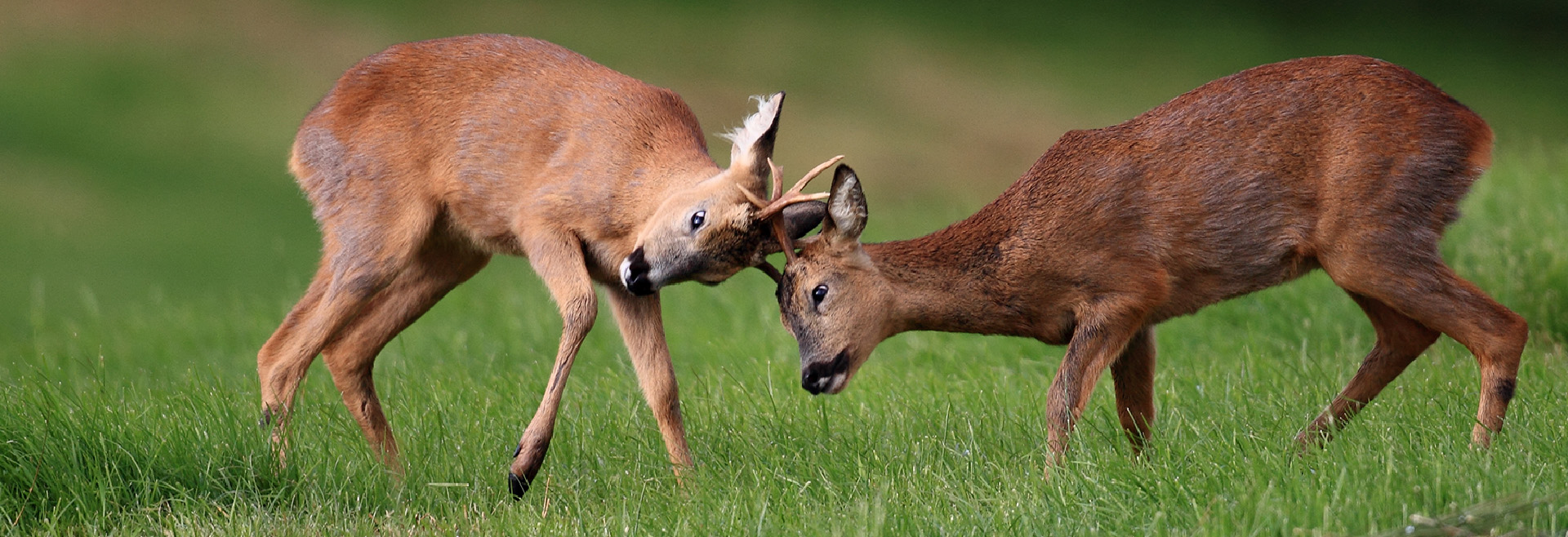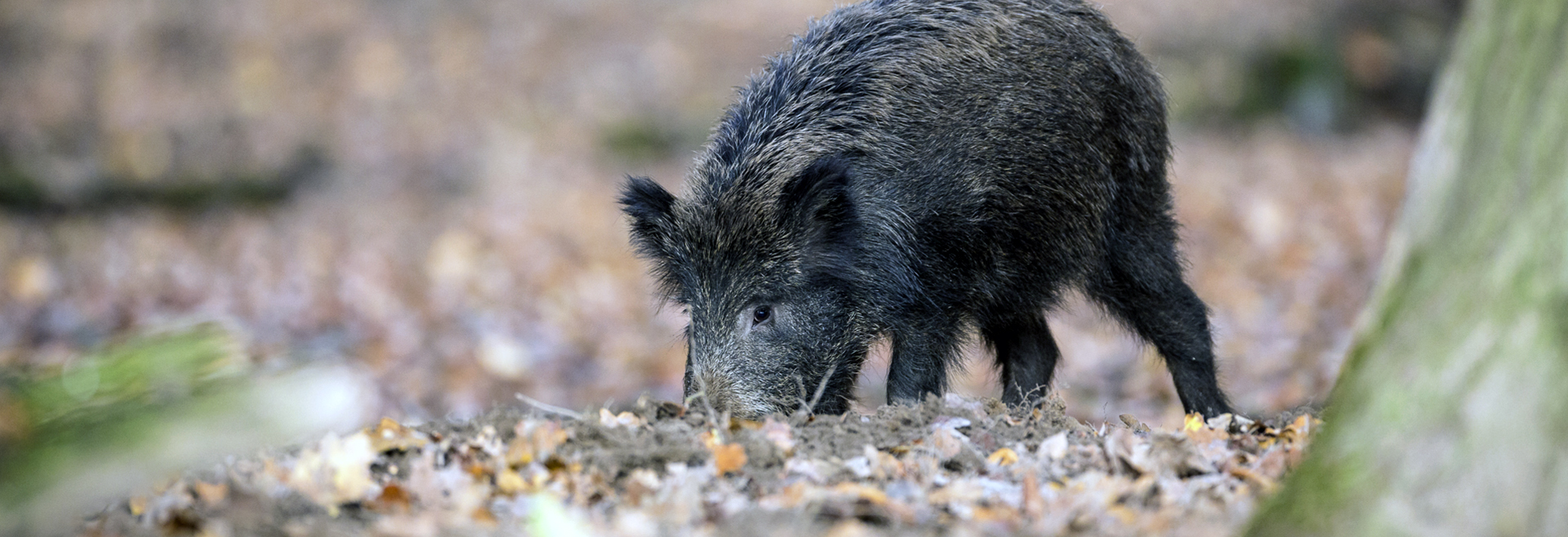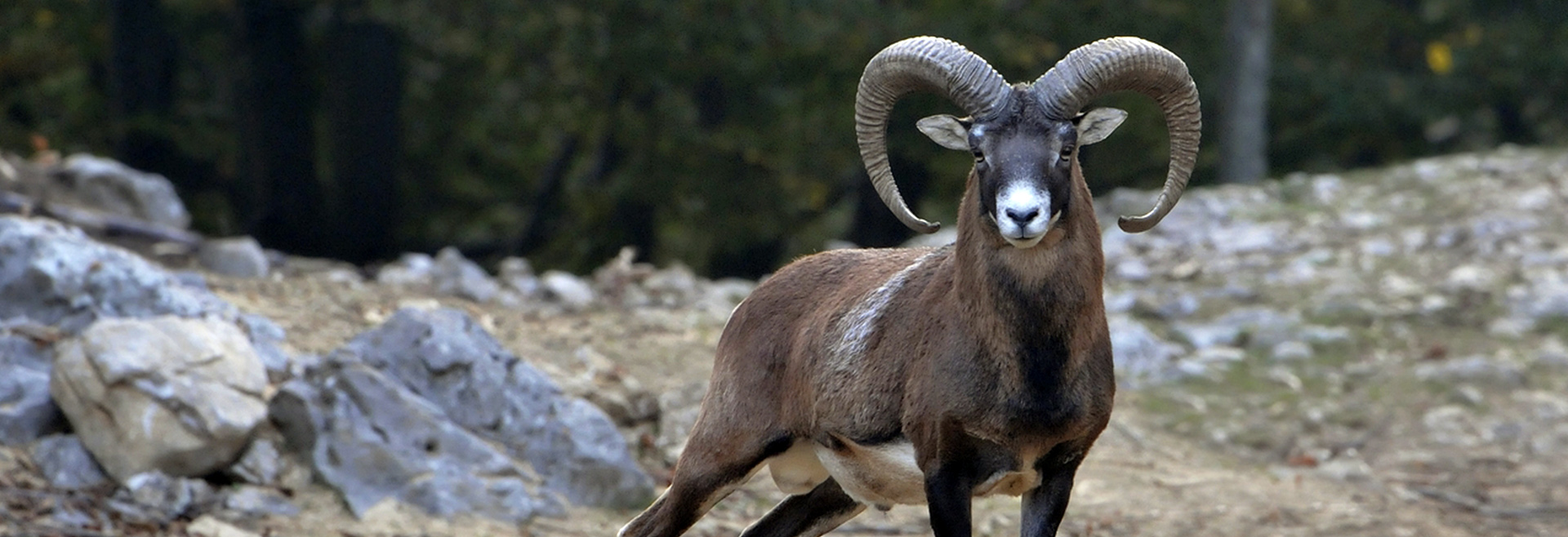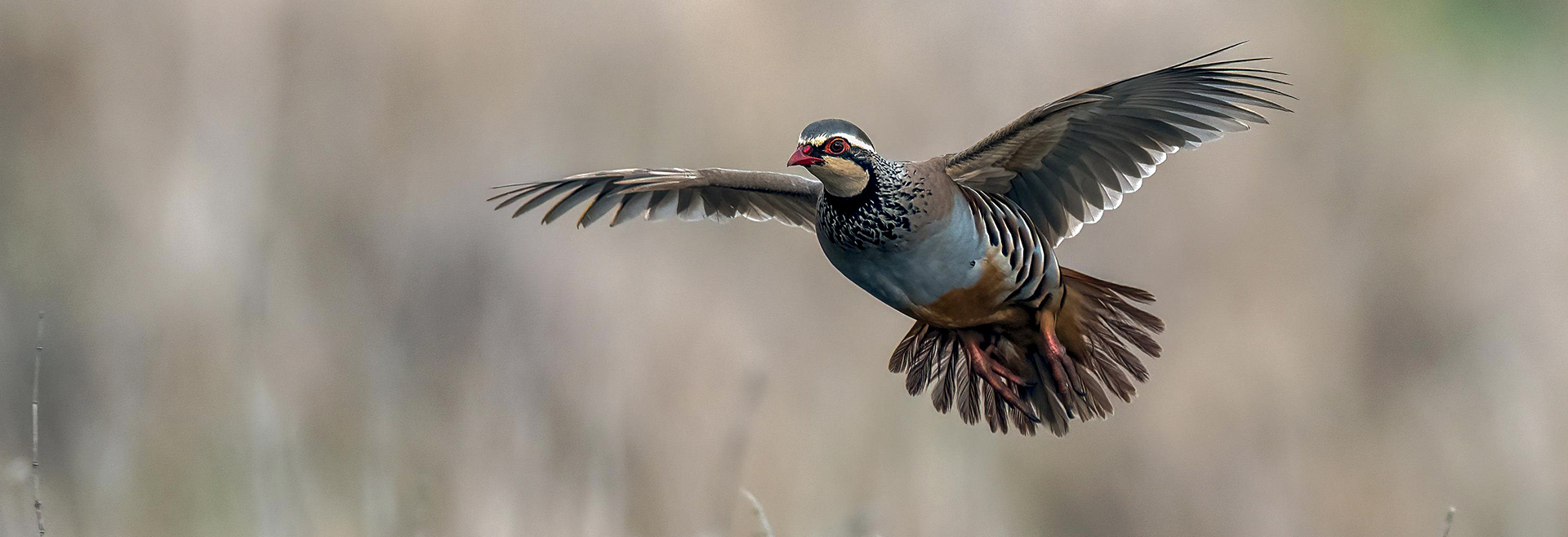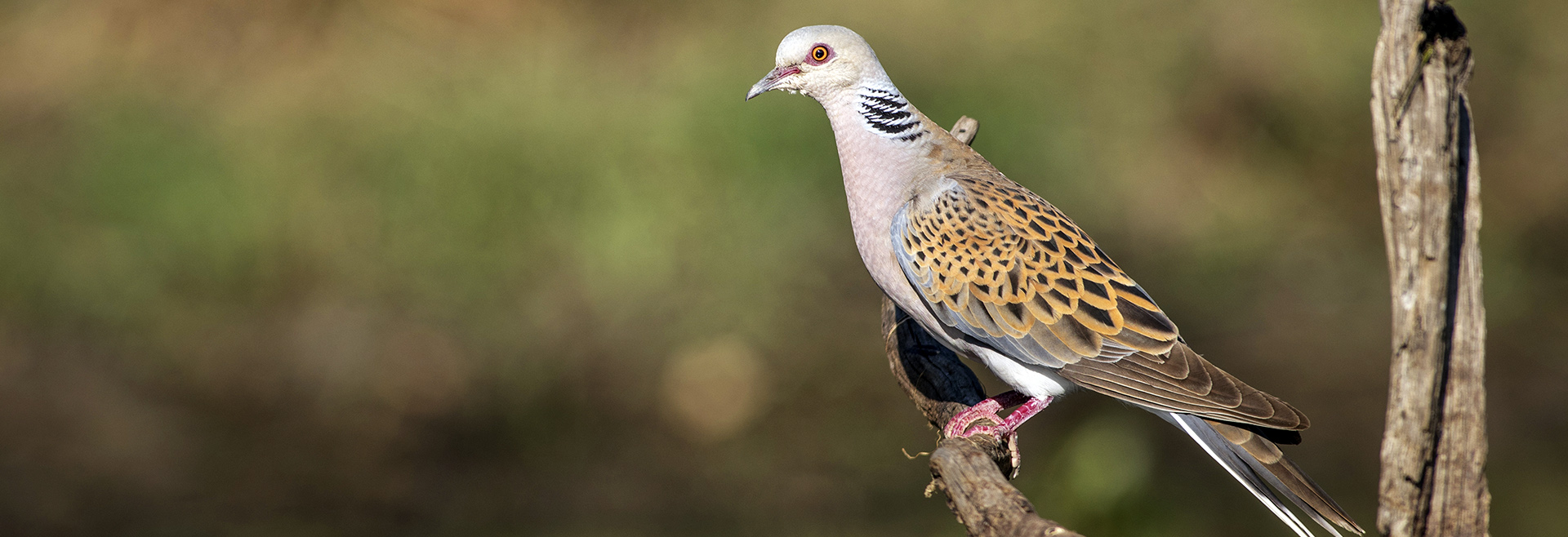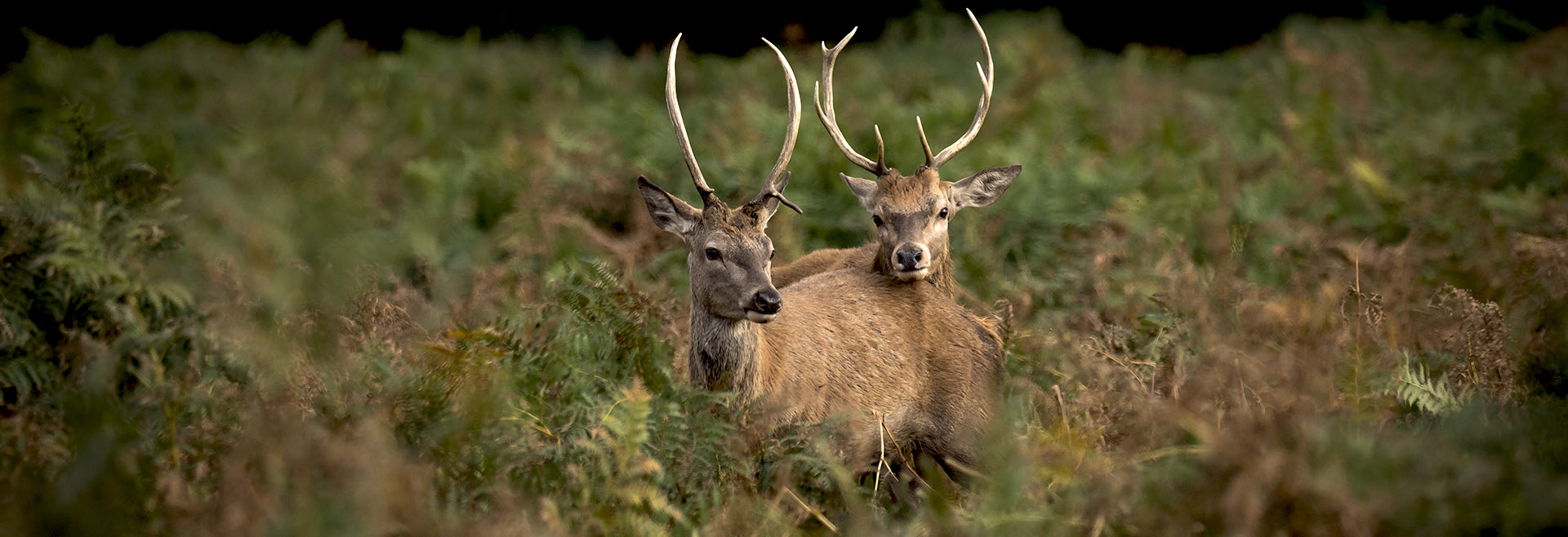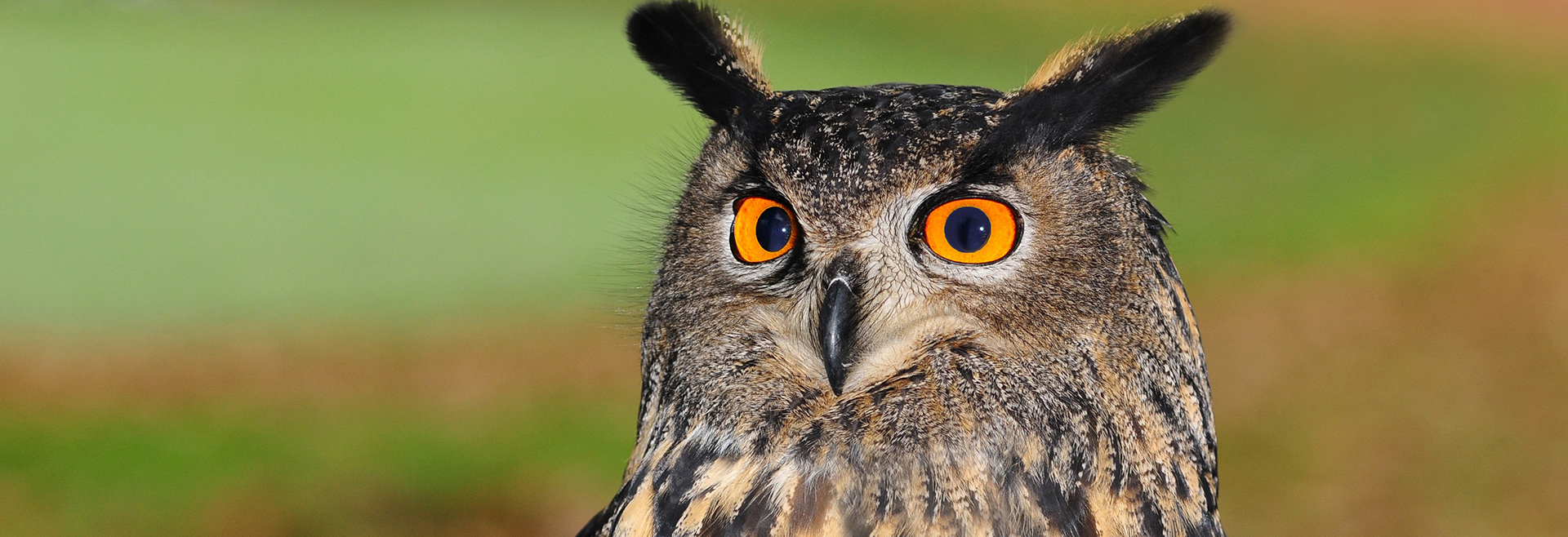Polyclonal infection as a new scenario in Mycobacterium caprae epidemiology
-
RevistaVeterinary Microbiology
-
Volume e Páginas108533
Portugal is one of the European Union countries with an ongoing eradication program for bovine tuberculosis (TB), which does not include systematic goat testing. However, surveillance in small ruminants is increasingly important, since goat and sheep can harbour Mycobacterium caprae and be an infection source to cattle with impact in the success of bovine TB control. Furthermore, the information regarding the epidemiology and biology of M. caprae is quite limited comparing to the cognate bovine-adapted ecotype, M. bovis. In this work, we applied spoligotyping and MIRU-VNTR (Mycobacterial Interspersed Repetitive Units-Variable Number of Tandem Repeats) to M. caprae obtained between 2003 and 2014 from 55 animal hosts, including goat (n = 29), cattle (n = 21), sheep (n = 1) and wild boar (n = 4) from Portugal. The molecular analysis revealed a unique spoligotyping pattern (SB0157) and 24 MIRU types. Genotyping of serial M. caprae from herds with recurrent outbreaks enabled further discrimination of epidemiologically related isolates, supporting a clonal structure in Portugal and denoting the emergence of clonal diversity at the herd level, more apparent for MIRU4. Results suggest a founder effect and adaptive genotypic divergence, paving the way for sympatric speciation. Double allele findings at MIRU4 in over 20% of infected animals indicates that co-infection and in vivo microevolution may be frequent in the goat-adapted ecotype. While polyclonal infection appears common in M. caprae epidemiology, the functional significance of subtle genotypic variations remains to be disclosed, namely at the interface with the host, to expand knowledge on the epidemiology and biology of this neglected ecotype.
-
Palavras-chaveMycobacterium caprae; animal tuberculosis; spoligotyping; VNTR; clonal diversity; polyclonal infection


